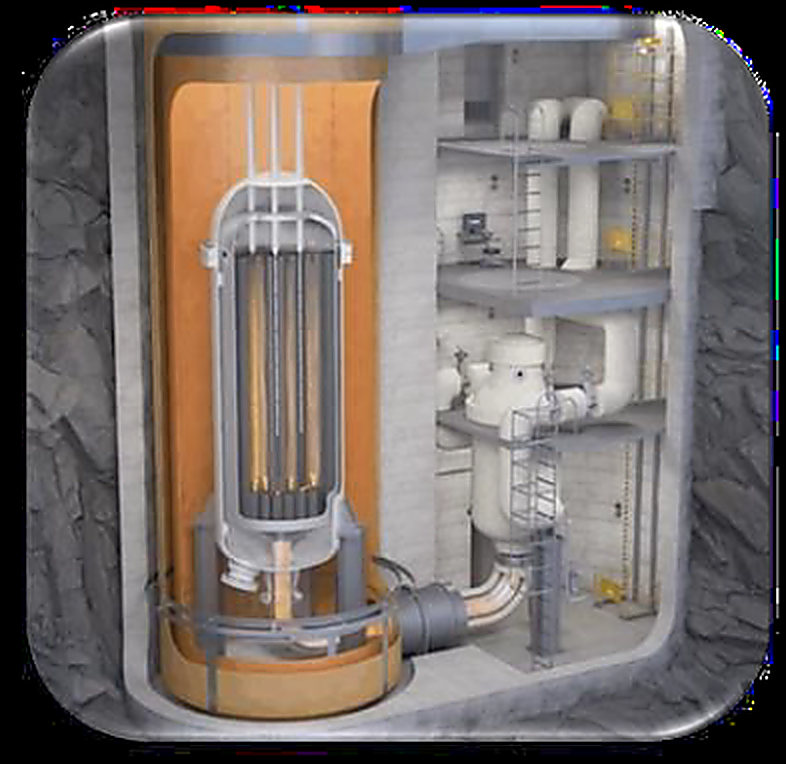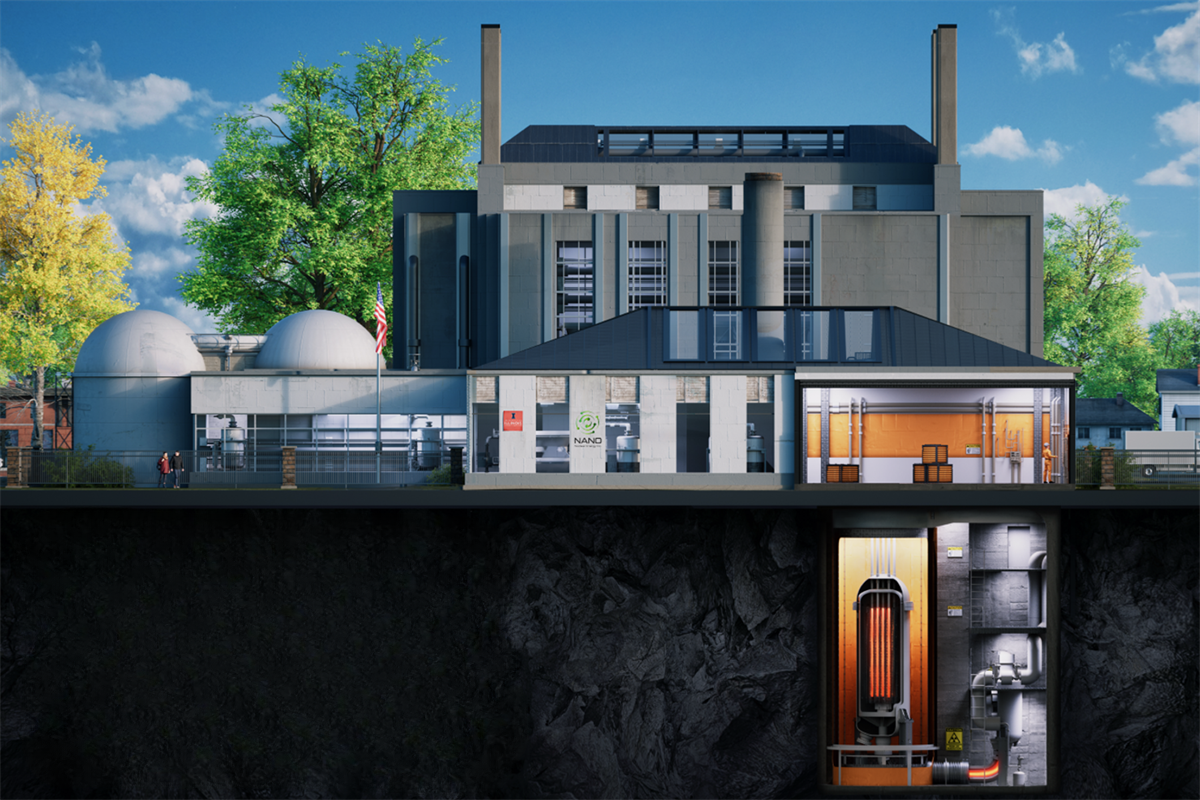When Nano Nuclear Energy broke ground this week at the University of Illinois, it wasn’t another corporate ribbon-cutting. It was the start of something rarer: a tangible step toward commercial microreactors—those portable, plug-and-play nuclear generators long promised as the holy grail of clean power.
At a campus ceremony in Urbana-Champaign, engineers began the first round of drilling and subsurface analysis for Nano Nuclear’s patented KRONOS MMR, a 15-megawatt micro-modular reactor that could fit inside a few shipping containers. The work, handled by infrastructure giant AECOM, is the unglamorous but essential first act in any reactor story: understanding what lies beneath before you build what could redefine off-grid energy.
Nano Nuclear’s collaboration with the University of Illinois places the program at the crossroads of research and commercialization. The university brings decades of nuclear-engineering expertise and academic credibility to a sector that still battles perception issues. For students and faculty, it’s also a rare live-fire opportunity to contribute to a working demonstration of next-generation fission.
“It’s one thing to design a small reactor on paper,” said a senior engineering researcher involved in the project. “It’s another to start drilling where you plan to place it.”
The KRONOS MMR design uses TRISO fuel—tiny uranium particles encased in ceramic layers that effectively eliminate meltdown risk—and helium gas for passive cooling. Its 15 MWe output could power a small town, a military base, or a remote mining site. The reactor’s modular build allows it to be fabricated, transported, and installed with minimal civil-works overhead—something traditional reactors could only dream of.
Nano Nuclear expects the drilling data to feed directly into its construction-permit application to the U.S. Nuclear Regulatory Commission, planned for early 2026. If approved, the Illinois installation could become the first American university campus to host a next-generation commercial demonstration reactor.
That’s not nothing. The nuclear industry has spent the last three decades stuck between public mistrust, regulatory paralysis, and budgetary collapse. Meanwhile, the world’s power grids strain under electrification and AI-driven demand. Portable reactors, if they work as promised, could replace diesel generators and enable resilient microgrids anywhere energy is needed.

The timing, then, is uncanny. With policymakers scrambling to secure domestic uranium supply chains and reduce emissions, Nano Nuclear’s drilling rig symbolizes something bigger: the return of nuclear innovation to American soil—scaled down, sped up, and, ideally, cleaned up.
Skeptics will note that plenty of “nuclear startups” have fizzled before licensing. But the presence of a major public university, an experienced engineering contractor, and a patent-protected design makes this project harder to dismiss as vaporware. The company’s ambitions—vertical integration from uranium exploration to modular manufacturing—suggest it’s not merely chasing headlines.
If the KRONOS MMR reaches operational status, it could reshape how we think about nuclear power: not as sprawling concrete megaprojects, but as compact, self-contained infrastructure that fits where the grid can’t go. For a world still arguing over how to keep the lights on without burning the planet, that’s a story worth drilling into.

